AV farewells long-serving clinical experts
April 24, 2025in News
Ambulance Victoria (AV) has farewelled seven Clinical Support Officers (CSOs) after more than 280 years of combined service.
Gary Becker, Rob ‘Gus’ Fergusson ASM, Dave Llewelyn, Tony Armour, Gary Robertson, Liam McAleese and Peter Norbury are retiring after careers spanning 33 to 46 years.
CSOs are the most qualified paramedics at AV. They are experienced Mobile Intensive Care Ambulance (MICA) paramedics who provide expert in-field clinical leadership, support and education to paramedics and volunteers. CSOs also facilitate statewide clinical and operational education programs and undertake clinical audit for quality assurance and governance.
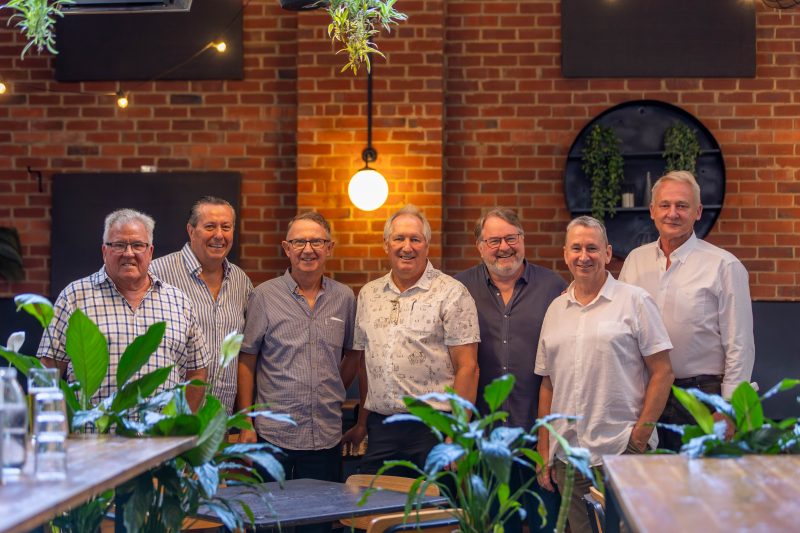
The retiring CSOs. L-R: Rob ‘Gus’ Fergusson ASM, Liam McAleese, Gary Becker, Dave Llewelyn, Tony Armour, Gary Robertson and Peter Norbury.
Gary Becker
Gary Becker began his 45-year career with Ambulance Service Melbourne in 1979 and trained to become a MICA paramedic in 1984, when there were only seven MICA vehicles in operation.
In 1993, Gary was encouraged to throw his hat in the ring for a new role that was yet to be fully designed – a CSO.
“I took a punt on the CSO role and was appointed as part of the inaugural group,” Gary said.
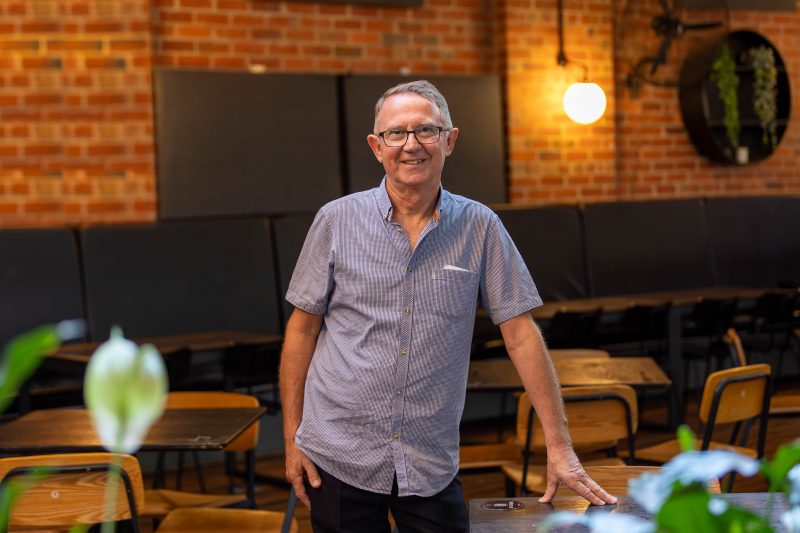
Gary Becker.
“Over the rest of my career I relieved various other roles, but I always preferred coming back to being a CSO – it’s the best job in the service.”
Through the CSO role, Gary had the opportunity to mentor new Advanced Life Support (ALS) and MICA paramedics as well as work at a number of significant events, with the Olympic and Commonwealth Games torch relays, the Australian Grand Prix and AFL Grand Finals just a few of the highlights.
Gary said one of the most special memories of his career is meeting his now wife Brenda, when she was working at the Box Hill Hospital emergency department.
“I have to say thank you to Brenda for her unwavering support over all these years and for keeping the kids quiet in between night shifts!” he said.
“I feel fortunate to have chosen such a rewarding career and to have been part of the ongoing development of ambulance.
“I feel privileged to have been invited into so many strangers’ homes in their time of need and I like to think I made a positive difference to their lives.
“The best advice I received was to treat everyone equally and with respect, and that patients and their families will remember the way you treated them forever.”
Rob ‘Gus’ Fergusson ASM
Rob ‘Gus’ Fergusson ASM also began his career in 1979, then in 1985 trained to become a MICA paramedic. Based in Footscray, Gus became renowned for his clinical prowess and ability to develop strong and lasting relationships with emergency department staff.
Gus undertook the first officially recognised aviation course in 1989 and worked on emergency medical helicopter AIR495 (now known as HEMS 1) before rural MICA services were introduced.
Gus was also appointed to the inaugural CSO group, before becoming CSO Manager – Metro East in 2012 and later Regional Improvement Lead Metro.
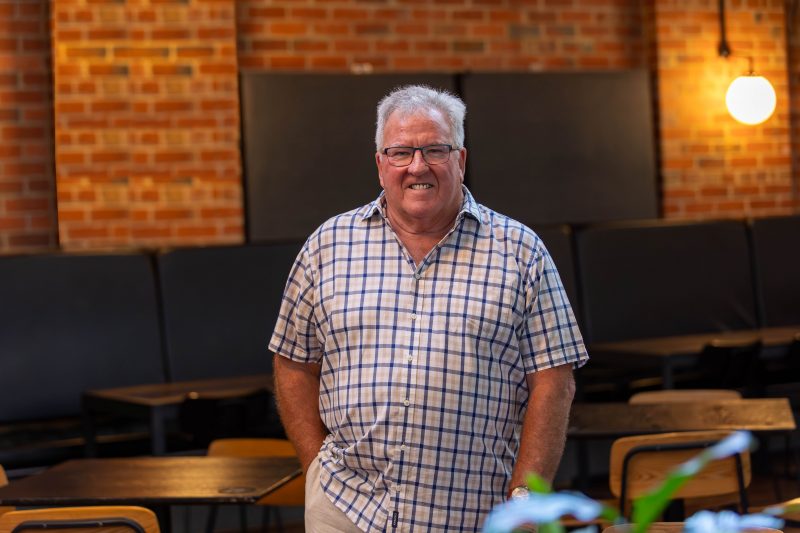
Rob ‘Gus’ Fergusson ASM.
Gus spent his career committed to patient care, including during an 18-month secondment to the newly formed Adult Retrieval Service (ARV) in 2008, where he helped standardise equipment, Clinical Work Instructions and Clinical Practice Guidelines, ensuring improved accountability and patient safety.
In 2019, Gus received an Ambulance Service Medal (ASM), with his work at ARV a keystone of this honour.
“I have thoroughly enjoyed my career with ambulance, never knowing what the next shift will bring,” Gus said.
“I’ve made some lifelong friends and met lots of interesting people. I will miss the camaraderie, but I am looking forward to the next chapter of my life.”
Dave Llewelyn
Dave Llewelyn was a qualified electrician and tow truck driver before joining the Peninsula Ambulance Service in 1981. By 1992, he had trained to become a MICA flight paramedic and two years later, was appointed a CSO.
He said the CSO role was incredibly innovative and unique at that time.
“It was a new idea that would bring the clinical expertise out into the field,” Dave said.
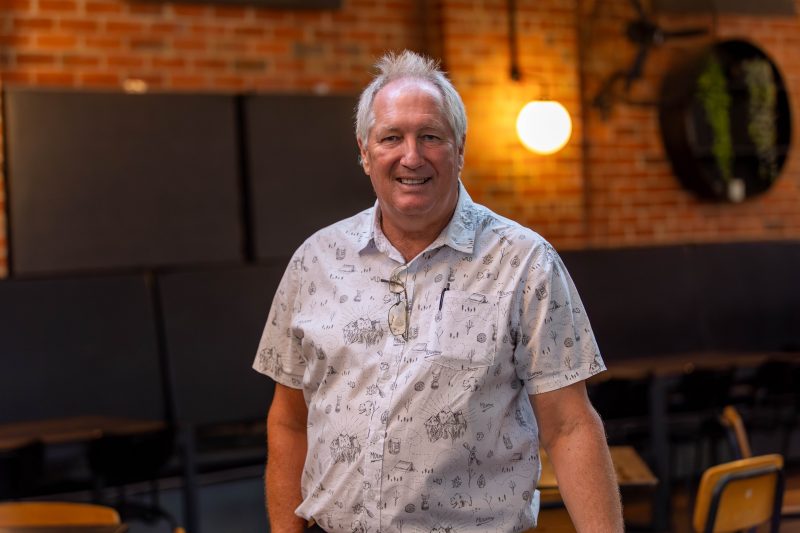
Dave Llewelyn.
“The intent was to allow the development of staff, the supervision of staff, the accreditation and skills maintenance of staff in the field, as well as improving the MICA response model and creating a new career progression pathway.
“It really appealed to me because I wanted to pass on what I’d learnt and it also created great diversity in the role – all of a sudden, we weren’t just on the road responding to jobs every day, we were also teaching, we were being seconded into different roles, and more.
“Now, the CSO role is routine and a model that’s used across the world because it gives so much organisational flexibility as well as support to staff for complex clinical decision making.”
Across his career, Dave held several other roles including clinical manager and regional improvement lead and spent 12 years on the Clinical Practice Guidelines committee.
“I initially joined the committee as a two-year secondment, which ended up being 12, but it was interesting and I was quite privileged to do it,” he said.
“It was an opportunity for me to represent MICA practices to the organisation and be part of the chain of change in clinical practice which was really exciting.
“One really important change I helped introduce was tension pneumothorax reductions into the MICA skillset for certain patients that we weren’t previously able to do.
“Being on the committee was a challenging and enjoyable role to play, and I also became a conduit of information to the rest of the senior clinical staff across the state, ensuring they were informed of proposed changes.”
Dave said he is proud to reflect on his career and those of the other outgoing CSOs.
“I really enjoyed my life in ambulance, but I still had reservations about retiring and missing work because I truly had the best job,” he said.
“You’ve got to realise at some stage that it’s time to move on and there are other things in life that you want to do before you’re not able to anymore. Now I have so much more time for family, travel and relaxation, and my life at AV has enabled me to enjoy it all.
“It’s a proud reflection to look back and see we all did contribute enormously to the health and wellbeing of the community of Victoria for so long. We did our 30 or 40 years and made a difference, and now we walk on.”
Tony Armour
Tony Armour joined the Ambulance Service Melbourne in 1983, stepping up to MICA paramedic level in 1989. Just a few years later in 1994, he was appointed as a CSO and held the role until his retirement.
Tony said there were many highlights across his career, including teaching MICA interns, being part of the State ALS Implementation Committee and the Emergency Operations Plan Evaluation Working Group in 1999-2000, and for a significant time, being AV’s subject matter expert on mental health.
“Overall, my favourite thing as a paramedic has been being in the position to help patients and their families in crisis, and, as a CSO, being able to help graduates and paramedics become better,” Tony said.
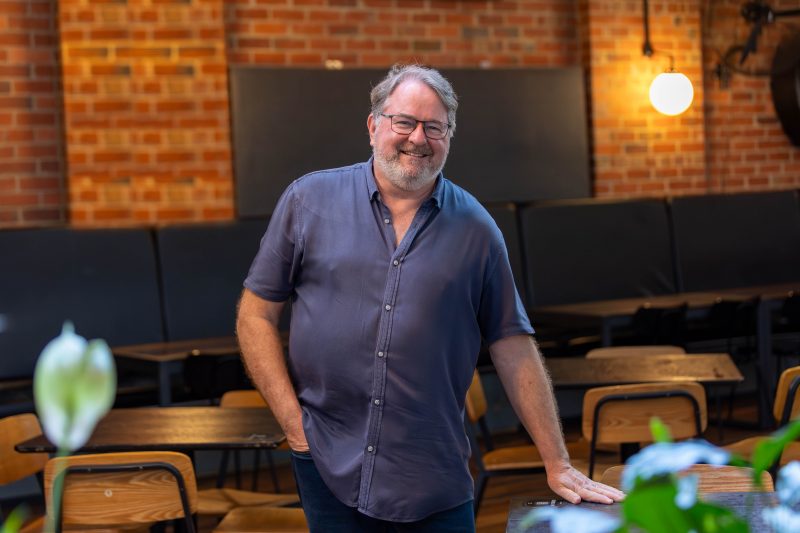
Tony Armour.
“The other thing I’m really proud of is that my daughter Libby chose to follow in my footsteps and has now been a paramedic for seven years and is in her second year studying to be a MICA paramedic.”
Across his career, Tony had the opportunity to act in a number of positions, including Clinical Education Manager, Clinical Standards Manager and Clinical Review Specialist, as well as holding the position of team leader for AV’s paramedic team supporting the Variety Victoria Bash for almost a decade.
Tony said he will miss his AV colleagues.
“Paramedics have shared experiences at a level that few other professions do, which means the friendships and camaraderie are often more pronounced or ingrained,” he said. “I have worked and shared these experiences with some amazing people over my career and I will miss that.”
Gary Robertson
Gary Robertson’s ambulance career began in 1986 and within six years he achieved the qualification of MICA paramedic. By 1993, he was promoted to the role of Team Manager, initially at Dandenong branch, before moving to MICA 5 in Box Hill four years later. In 2000, Gary was appointed as CSO, the role he remained in until his retirement.
Throughout his career, Gary played a role in numerous significant events. He was part of the Victorian medical response to the 2004 Boxing Day tsunami in Banda Aceh, Indonesia, and later, he assisted patients evacuated from the Diamond Princess cruise ship during the COVID-19 pandemic, providing care as they were relocated to Howard Springs in Darwin. Gary also worked closely with specialist members of Victoria Police, offering medical support during high-risk operations.

Gary Robertson.
Gary became the first paramedic in the world to successfully resuscitate a patient by inserting a Minimally Invasive Direct Cardiac Massage (MID-CM) device without supervision.
He was part of the medical support and escort team for Queen Elizabeth II during the 2006 Commonwealth Games and later served as part of the escort team for former US Secretary of State Condoleezza Rice during her visit to Victoria.
“I consider it a privilege to wear the uniform and do the work we do,” Gary said.
“Ambulance is a very unique career and certainly not what you would call a ‘normal’ job! It is incredibly rewarding and at times both unpredictable and challenging.”
Gary said he has formed profound connections with his colleagues.
“I have had the honour of working with some amazing paramedics, including these six who retire at the same time as me.”
Liam McAleese
Liam McAleese arrived in Australia from Ireland in 1991 and the following March, joined Melbourne’s ambulance service.
He was initially based in Moorabbin and made his way to clinical instructor and acting team manager before training and qualifying as a MICA paramedic.
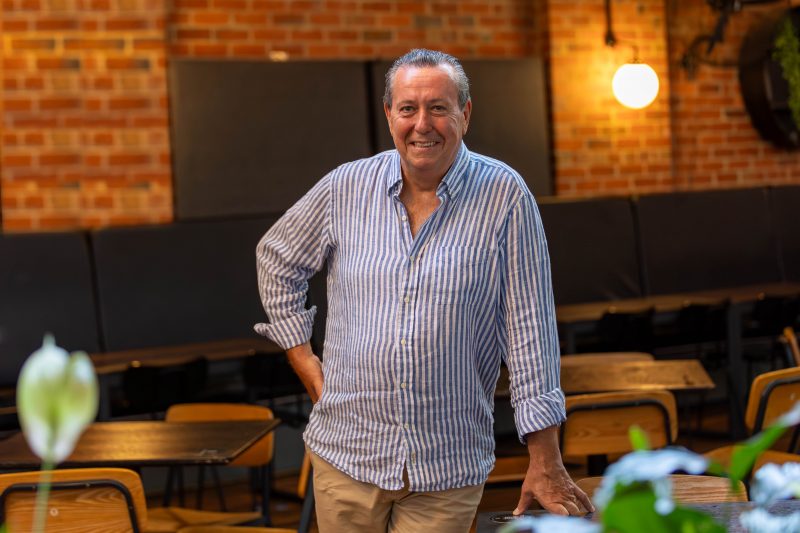
Liam McAleese.
While recovering from a soccer injury, Liam had the opportunity to work as a clinician in the communications centre, which led him into relieving in the CSO role before being formally promoted to it two years later.
Liam spent most of his CSO career working on the Mornington Peninsula and in Melbourne’s Bayside suburbs.
Reflecting on a 33-year career, Liam said there isn’t anything else he would have wanted to do.
Peter Norbury
Peter Norbury joined the ambulance service in June 1992, starting out at the ambulance branch on Brady Street in South Melbourne. A few years later, he was working as a flight paramedic then a flight controller, before training to be a MICA paramedic in 1997.
About 10 years later, Peter became a CSO and over his career was involved in the introduction of a number of clinical programs, each now part of everyday operations.
“One was the 12-lead notification program which now all ambulances are capable of,” Peter said.

Peter Norbury.
“That led on to introducing pre-hospital thrombolysis for rural MICA paramedics. I helped run the program for that which saw me travel the state – there’s probably not that many paramedics who have worked in every region across Victoria.
“There was also the introduction of stroke notifications which are now a daily occurrence. And then the stroke ambulance, the Mobile Stroke Unit (MSU). I was lucky enough to be on it on the first day and was part of the first pre-hospital stroke thrombolysis in the state.”
Across his more than three-decade career, Peter also spent time seconded to Monash University to help run the MICA training course, travelled to Samoa and Pakistan to provide medical support following natural disasters, and was part of setting up a partnership with Victoria Police for medical support during high-risk operations.
Peter and the other retiring CSOs were celebrated at a recent event.
“As I looked around that day, there was an enormous amount of subject matter expertise going out of the room,” Peter said. “I thought, this is a group of do-ers – we’ve gotten a fair bit of stuff done.”
Congratulations to all seven outgoing CSOs and AV wishes them all the best for retirement.
